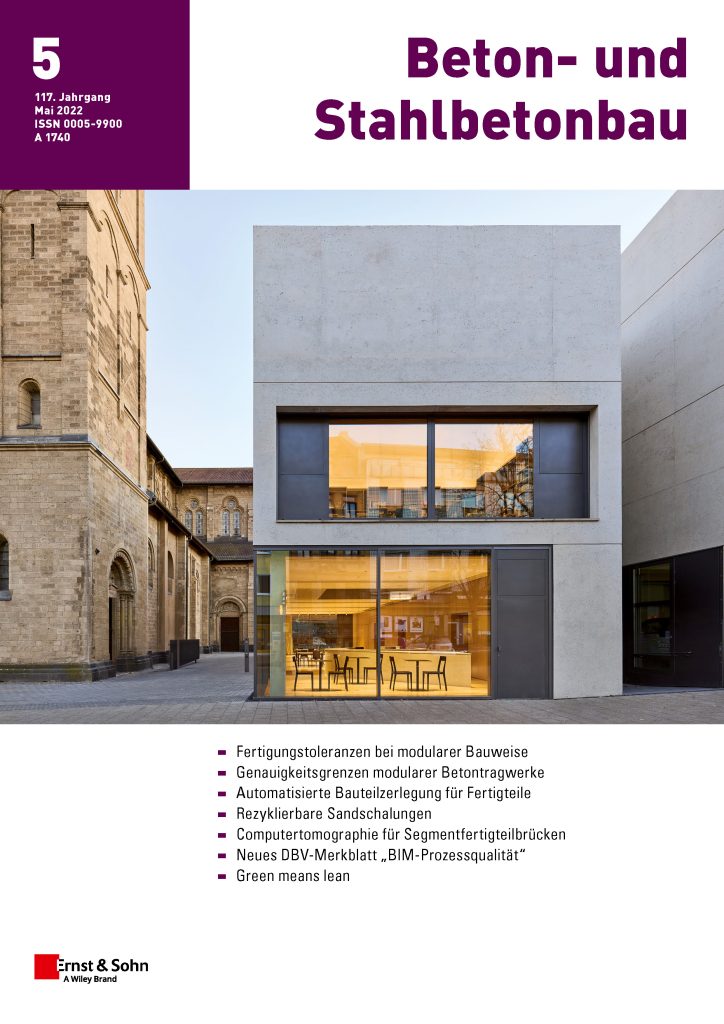Industrial computed tomography (CT) allows us to look “beneath the surface” of hardened concrete components and provides high-precision 3D measurement data from inside the component. Provided that a computer tomograph suitable for the component is available, a variety of information can be recorded in this way that was previously only accessible by destructive testing, e.g. the exact position of the reinforcement or the local accumulation of air voids in the concrete. This information is relevant for the quality of precast concrete components and can be beneficially utilized in a quality assurance system in the precast concrete plant. Particularly in the context of automation and digitalization of precast concrete production, CT quality assessment integrated into the flow production process holds great potential. In this way, for example, precast segmental bridges can be produced, where the individually quality-assessed segments are later joined by post-tensioning on the construction site to form bridges. With the 3D information captured by CT, it is possible to accurately analyze the variation of parameters previously covered by partial safety factors and thus rethink the safety concept for concrete. By monitoring parameter variation and subsequently reducing safety-related material demand, a valuable contribution can be made to climate protection and the conservation of natural resources.
